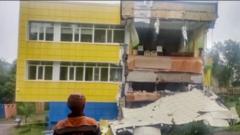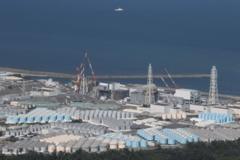Every winter, Tomoko Kobayashi leads a dedicated team to measure radiation levels in the surrounding areas using survey meters similar to Geiger counters. Their efforts uncover the invisible traces of radioactivity that still plague the small town, just 10 miles from the Fukushima Daiichi nuclear power plant, which suffered devastating meltdowns following a major tsunami over a decade ago.
Armed with training they provided for themselves, Kobayashi and her group meticulously collect readings and draw color-coded maps to better inform the local community about safety concerns. Their work fills a void left by inadequate government data, allowing residents to understand and navigate their environment securely.
“The government wants to proclaim that the accident is over, but it isn’t," voiced Kobayashi, who reestablished her family-run inn after an evacuation order was lifted. With her community grappling with the aftermath, she highlighted the significance of using their own measurements to determine whether certain foods—from fruit to nuts—are indeed safe for consumption.
In combining their efforts, this network of citizen scientists aims to reclaim agency over their safety and peace of mind, turning a painful legacy into a proactive approach toward community health in the shadow of nuclear disaster.
Armed with training they provided for themselves, Kobayashi and her group meticulously collect readings and draw color-coded maps to better inform the local community about safety concerns. Their work fills a void left by inadequate government data, allowing residents to understand and navigate their environment securely.
“The government wants to proclaim that the accident is over, but it isn’t," voiced Kobayashi, who reestablished her family-run inn after an evacuation order was lifted. With her community grappling with the aftermath, she highlighted the significance of using their own measurements to determine whether certain foods—from fruit to nuts—are indeed safe for consumption.
In combining their efforts, this network of citizen scientists aims to reclaim agency over their safety and peace of mind, turning a painful legacy into a proactive approach toward community health in the shadow of nuclear disaster.









